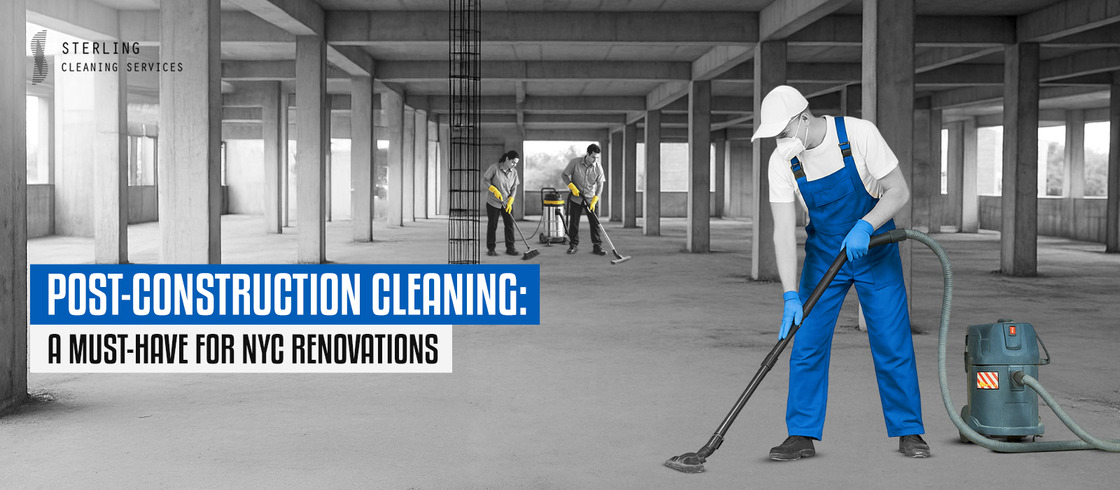Electricity bills and climate concerns are driving homeowners toward renewable energy solutions at unprecedented rates. Modern clean energy systems have evolved far beyond the clunky solar panels of the past, now offering elegant, efficient alternatives for every housing type and budget. Whether you own a suburban house, urban apartment, or rural homestead, today’s technologies can significantly reduce both your carbon footprint and energy costs. In this article, we’ll explore some practical clean energy options, comparing their real-world performance, installation requirements, and financial payback periods to help you make informed decisions for your home.
1. Rooftop Solar Power Systems
Photovoltaic Panels + Battery Storage
Modern solar panels convert 20-22% of sunlight into electricity, nearly double the efficiency of a decade ago. A typical 6kW system (about 18 panels) can power most homes during daylight while feeding excess to the grid or storing it in batteries. Pairing panels with storage allows energy use at night and during outages, creating true energy independence. For those considering solar battery storage, modular systems like EcoFlow’s solutions offer scalable capacity that grows with your needs. Key considerations include roof orientation (south-facing best), shading (avoid trees/chimneys), and local regulations (some HOAs restrict installations). With 25+ year lifespans and payback periods of 6-10 years in many areas, solar remains the most accessible renewable option for homeowners.
Community Solar Programs
For renters or homes with unsuitable roofs, community solar provides panel access through shared offsite arrays. Participants subscribe to portions of a larger solar farm, receiving bill credits for their share of production. These programs require no upfront costs or home modifications, making renewables accessible to apartment dwellers. Most contracts offer 5-15% savings versus utility rates with flexible terms. The catch? Availability varies by region, and savings are smaller than owning your own system.
2. Residential Wind Turbines
Small wind turbines (5-15kW) can complement solar in windy areas, generating power day and night. Modern vertical-axis designs are quieter and more compact than traditional windmills, some as small as 6 feet in diameter. Ideal locations need consistent 10+ mph winds – coastal properties, hilltops, and rural plains excel. Turbines typically require 30-50 foot towers to clear turbulence from buildings, with zoning laws often limiting urban installations. While more expensive per watt than solar ($3,000-$8,000 per kW), well-sited turbines achieve 30-50% capacity factors (versus solar’s 15-25%), making them surprisingly competitive in windy regions. Always conduct professional wind assessments before investing.
3. Geothermal Heating/Cooling
Ground-source heat pumps use underground loops (150-400 feet deep) to exchange heat with the earth’s stable 50-60°F temperatures. These systems provide both heating and cooling at 300-600% efficiency versus traditional HVAC. While installation costs are high ($20,000-$30,000), they slash heating/cooling bills by 40-70% with 25+ year lifespans. Horizontal loop systems are cheaper but require substantial yard space, while vertical loops suit small lots. Geothermal works everywhere but delivers the fastest payback in extreme climates with high heating/cooling demands.
4. Micro-Hydro Power
Properties with year-round streams can generate continuous power from micro-hydro systems. Even small 1kW setups (needing just 2-3 gallons per second with 10 feet of head) can power essential loads 24/7. These systems use diversion pipes rather than dams, minimizing environmental impact. Turbine costs range $1,000-$10,000 depending on size, with professional installation adding $5,000-$15,000. The key advantage? Unlike solar/wind, hydro produces constant output – one 5kW system often outperforms 10kW of solar in annual production. Permitting can be complex, but for suitable properties, micro-hydro delivers the most reliable off-grid power available.
5. Solar Water Heating
Separate from PV systems, solar thermal collectors directly heat water using sunlight. Modern evacuated tube systems work even in freezing temperatures, providing 60-80% of a home’s hot water needs. At $3,000-$8,000 installed, they pay back in 4-8 years through reduced water heating bills (typically a home’s second-largest energy expense). Glycol-based systems prevent freezing, while drainback designs simplify maintenance. Best paired with tankless or heat pump water heaters as backup, these systems are particularly valuable for large families, homes with pools, or businesses needing substantial hot water. They’re among the most cost-effective renewables available today.
6. Biomass Energy Solutions
EPA-certified wood pellet stoves and boilers offer carbon-neutral heating when using sustainably sourced fuel. Automated pellet feeders provide thermostat-controlled heat comparable to gas systems but at lower operating costs. Pellet stoves ($3,000-$6,000) suit individual rooms, while whole-home boilers ($10,000-$20,000) integrate with existing ductwork. Key advantages include independence from gas/electric price fluctuations and usable heat during power outages (with battery backup for blowers). Pellet costs vary regionally but typically undercut propane and heating oil. Properly installed systems meet strict air quality standards, emitting minimal particulate matter – a far cry from old wood stoves.
7. Hybrid Renewable Systems
Most homes benefit from mixing technologies – solar PV with a small wind turbine, or geothermal with solar thermal. These combinations smooth out seasonal variations: wind often peaks when solar dips (winter storms, nighttime), while geothermal covers heating needs when solar can’t. Smart controllers prioritize the most efficient source moment-to-moment. A typical hybrid might pair 5kW solar, 3kW wind, and a geothermal heat pump with 20kWh battery storage – enough for full off-grid living in many climates. While more complex to design, hybrids provide the most resilient and consistent renewable energy supply.
Conclusion
The ideal home energy solution depends on your location, budget, and energy goals. Urban rooftops favor solar PV, while rural properties might combine wind, hydro, and biomass. Start with an energy audit to identify your largest consumption areas, then prioritize technologies that address those needs. For most homeowners, solar panels paired with intelligent battery storage form the foundation, supplemented by other renewables as property conditions allow. Remember: every kilowatt-hour generated renewably reduces both your bills and environmental impact – a win-win that pays dividends for decades.








